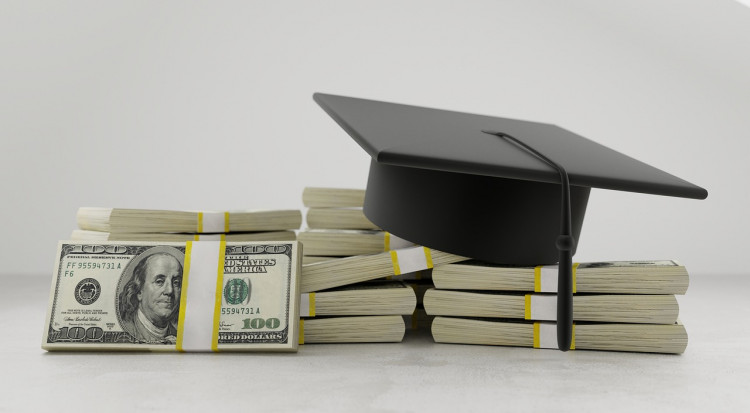The U.S. Department of Education has initiated a significant review of federal student loan accounts, aiming to provide financial relief to borrowers who have surpassed their repayment terms under various loan forgiveness programs. This initiative has already led to the cancellation of student debt for nearly 3.9 million borrowers, totaling approximately $138 billion, and could potentially extend refunds to an estimated 300,000 individuals who have overpaid on their loans.
Marlon Fox, a chiropractor from North Charleston, South Carolina, represents a success story within this initiative. After having his substantial student debt of $119,500 forgiven, Fox received an additional windfall when the Department of Education refunded him $56,801, exemplifying the financial reprieve being offered to eligible borrowers.
This effort addresses the challenges faced by many borrowers who, due to complex regulations and mismanagement by loan servicers, have continued making payments beyond the 20 or 25-year forgiveness threshold set by income-driven repayment plans. Nadine Chabrier from the Center for Responsible Lending highlights that financial disincentives for loan servicers have contributed to a lack of transparency about these forgiveness opportunities, leaving borrowers in the dark.
Loan servicers, contracted by the Education Department to manage federal student loans, have been criticized for failing to accurately track qualifying payments for borrowers, leading to prolonged repayment periods. Mark Kantrowitz, a higher education expert, points out that the absence of automatic forgiveness mechanisms has forced some borrowers to make payments years or even decades longer than necessary.
Scott Buchanan of the Student Loan Servicing Alliance counters these criticisms, asserting that servicers are motivated to comply with government standards and provide borrowers with legally entitled benefits, subject to audits and performance-based contracting.
The Biden administration's review process aims to correct these oversights by identifying borrowers who have met or exceeded their required repayment period under income-driven plans, subsequently canceling their remaining debt and issuing refunds for excess payments. Additionally, participants in the Public Service Loan Forgiveness (PSLF) program, which has been historically difficult to navigate, are also seeing their debts forgiven and receiving refunds.
Karen Tongson's experience underscores the impact of this initiative. As a professor at the University of Southern California, Tongson had her student loans forgiven after 16 years of payments and received a $20,000 refund from the Education Department, highlighting the potential for significant financial relief for dedicated public servants and long-term borrowers alike.
This comprehensive review by the Education Department marks a pivotal step towards rectifying the administrative hurdles that have long hindered access to student loan forgiveness, offering a new lease on financial freedom for countless borrowers across the nation.






